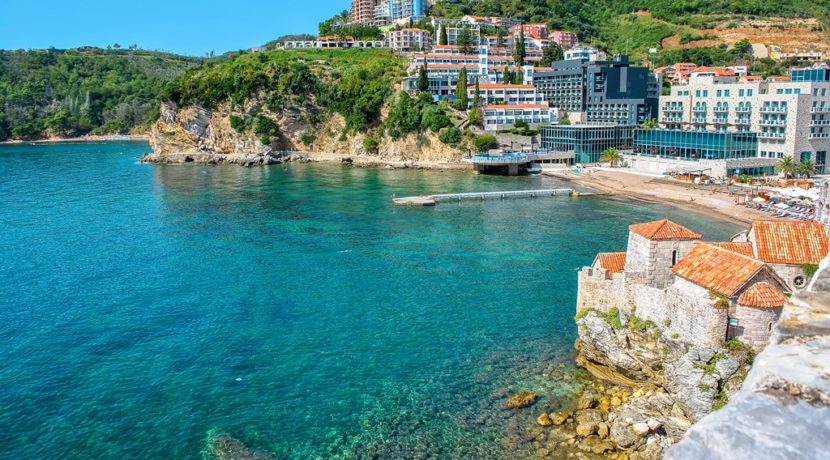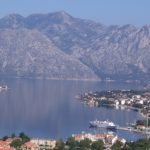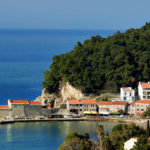Budva is one of the oldest towns at the Montenegrin Coast (more than 2500 years old). Today it is the tourist and summer cultural capital of Montenegro. The legend says that Kadmo, the son of the Phoenician King Agenon, founded Budva. He was banished from Thebe, came to this area in an ox tandem and founded the town. The Greek playwright Sophocles first mentioned Budva, and in written sources it was mentioned Butua, Civitas Antique. The biggest and most precious necropolis in the Balkans is situated there. The layers from the Illyrian, Hellenistic, Roman, Late-Antique and early-Christian periods are witness to the customs, culture, and ways of the life in the region. A visit to Budva’s museums is a must.
The old town,
the most attractive part of Budva, was built on a peninsula, which was first an island later joined to the land by sandbank. Thick walls built in the 15th Century surround the town. The walls endured many changes especially after the earthquake in 1667. Besides the Citadel, the old town’s fortress from V-IV Century BC, there is an interesting complex of six churches, situated within a small area, all from different times. The walk on the ramparts present a completely different view of the town and the deep sea. The old tow is a site numerous cultural manifestations. The festival “Town Theatre”, lasting from mid July to the end of August, consists of numerous plays, concerts, exhibitions, and literary events.
Budva’s Riviera
twelve kilometers of beaches, on 25-kilometre long Riviera.
The swimming season lasts for 6-7 month, from a May to October. Sveti Stefan, Miločer and Petrovac are all outstanding spots of interests. The beaches near old town are Mogren 1 and Mogren 2 (350 meters long). They were named after the Spaniard Mogrigno who found shelter there after a shipwreck, and built a church St.Antonio in the hon our of his salvation. Besides the town’s beach Slovenska plaža (1600 meters long), Bečićka plaža (1950 meters long), which won a grand prize “Zlatna palma” (The Golden Palm).
Towards the place named Perazića dol( valley), betwen Bečići and Pržno, there is beach Kamenovo (730 meters long). Pržno is a beach above the fishermen village of the same name, situated below the old residence of the Karađorđević family (1934), which today is an exclusive hotel. Under the hotel, there is the famous Miločerska plaža (Miločer beach, 800 meters long), and right next to it is a small beach called Kraljičina plaža (The Queen’s Beach). To the west Budva, towards Tivat, is a beach named Jaz (300 meters long). It is divided into two parts, the smaller one catering to nudists. Then there is Trsteno (200 meters long) and Žukovo beach (200 meters long), next to Donji Grbalj.







